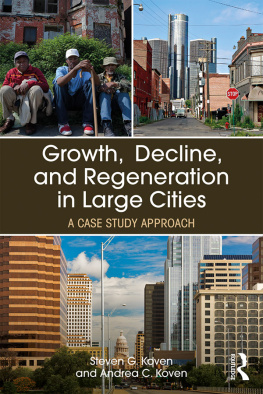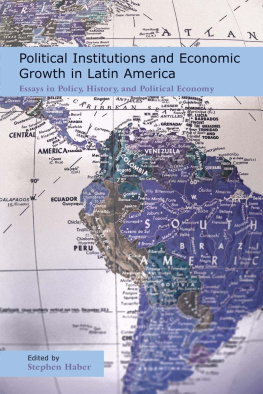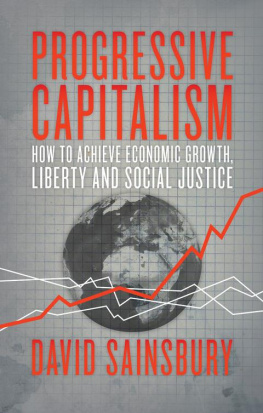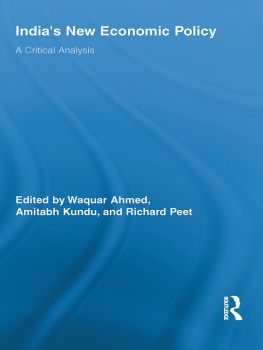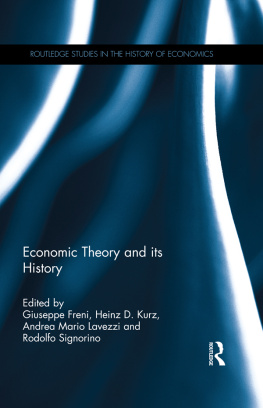First published in 1964
Routledge
2 Park Square, Milton Park, Abingdon, Oxfordshire 0X14 4RN
711 Third Avenue, New York, NY 10017
Routledge is an imprint of the Taylor & Francis Group
First issued in paperback 2011
1964 Cyril S. Belshaw
All rights reserved. No part of this book may be reprinted or reproduced or utilized in any form or by any electronic, mechanical, or other means, now known or hereafter invented, including photocopying and recording, or in any information storage or retrieval system, without permission in writing from the publishers.
The publishers have made every effort to contact authors/copyright holders of the works reprinted in Routledge Library Editions Anthropology and Ethnography. This has not been possible in every case, however, and we would welcome correspondence from those individuals/companies we have been unable to trace.
These reprints are taken from original copies of each book. In many cases the condition of these originals is not perfect. The publisher has gone to great lengths to ensure the quality of these reprints, but wishes to point out that certain characteristics of the original copies will, of necessity, be apparent in reprints thereof.
British Library Cataloguing in Publication Data
A CIP catalogue record for this book is available from the British Library
Under the Ivi Tree
ISBN 978-0-415-33051-0 (hbk)
ISBN 978-0-415-51129-2 (pbk)
ISBN 978-0-415-32556-1 (set)
ISBN 978-1-136-54648-8 (ePub)
Miniset: South Pacific and Australasia
Series: Routledge Library Editions Anthropology and Ethnography

First published in 1964
by Routledge & Kegan Paul Limited
Broadway House, 6874 Carter Lane
London, E.C.4.
Printed in Great Britain
by Butler & Tanner Limited
Frome and London
Cyril S. Belshaw 1964
No part of this book may be reproduced
in any form without permission from
the publisher, except for the quotation
of brief passages in criticism.
TO
RAYMOND FIRTH AND HARRY HAWTHORNTHE scheme for this study was developed through the initiative of the Tri-Institutional Pacific Program, a co-ordinated approach to Oceanic anthropology undertaken through the Bernice P. Bishop Museum, the University of Hawaii, and Yale University, with the financial participation of the Carnegie Corporation. On the invitation of Dr. Leonard Mason I submitted a number of proposals for research, from which the officers of the Program selected A study of the differentials of economic growth in Fiji as being the most suitable for their objectives. Inevitably, the realities of field research dictated modifications in the original research design.
My thanks are due to many organizations for providing the finances necessary to the field work and the analysis and treatment of data. Dr. Alexander Spoehr, as Chairman of the Program, was helpful and understanding in arranging the original grant to cover field expenses, and to provide supplementary assistance in time of need. The United States Social Science Research Council awarded me a Faculty Research Grant which transformed plans into reality. The Canada Council provided funds to the University of British Columbia which made my leave of absence possible. The University of British Columbia Committee on Research made a grant available which permitted students from the Department of Geography to translate data into maps, others from the Department of Anthropology to arrange figures into tables, and photographic material to be printed. Although very little of this material is directly included in the book, it was essential to the analysis and the checking of impressions, and I am most grateful to the students who assisted me. The University Institute of Social Research placed a sum at my disposal to have the manuscript typed for publication.
The gathering of field data of this order would be quite impossible without a vast amount of co-operation from officials of the Government of Fiji, and members of the public, Fijian, European, and Indian alike. It would take a book of personal reminiscences, which perhaps indeed I may write one day, to make clear the very human kindnesses my family and I received everywhere we went. Officials went out of their way to help, harassed though they may be by critical research workers. The Secretariat for Fijian Affairs and the Colonial Secretarys Office paved our way; Banana Ventures officials showed us how to get from A to B, and found room on their trucks for our belongings; Native Land Trust Board officials discussed problems, and pored over maps and Commission records with us. Every day meant help from some individual or group, and though they may not, indeed will not, agree with what I have written, this book, if it has meaning, is theirs as much as mine.
I cannot name all as I have recorded them in my memory, but those who provided accommodation, at great personal inconvenience, I must thank specifically. The late Ratu Henry Kikau, Fijian magistrate at Natuatuacoko, and his charming wife Adi Meri, found us a house on the station, and coped bravely with our initial problems of supply (by pack train or punt from the roadhead), of accommodation, and of movement (none of us had ridden horses). A. M. O. Biu and Ratu Wili Toganivalu took us in hand, and later arranged with the District Officer, Mr. Ray Baker, for us to have a house on the school compound at Nalebaleba. This was beside the home of the Master, Ratu Isei Tawakevou, who, because he was so involved with local affairs, became an invaluable source of leads, and who was a most friendly companion on many expeditions. When the time came for us to move to a coastal location, we were lucky to have the good will of the Buli Baravi, Peceli Baroka, who allowed us to use his ceremonial house in Tagaqe, on the main road, but a hop, step and a jump from the waters of the reef, and a magnificent edifice. The Roko Tui of the Province, Ratu Waka Vosailagi, was always helpful and ready to intervene to make our task easier.
This, too, is the book of my family: my wife, whose interest in people is the greatest asset a field worker could have, who knew more of many things than I could ever hope to discover, and whose arts of improvisation covered everything from teaching our children to designing thatch kitchens; my daughter Diana, then nine, for whom thatch houses, coconut palms, horses, and coral reefs were romance made real; and my son Adrian, then five, who survived bravely the confusions of custom and the discipline of his first hours of school.


